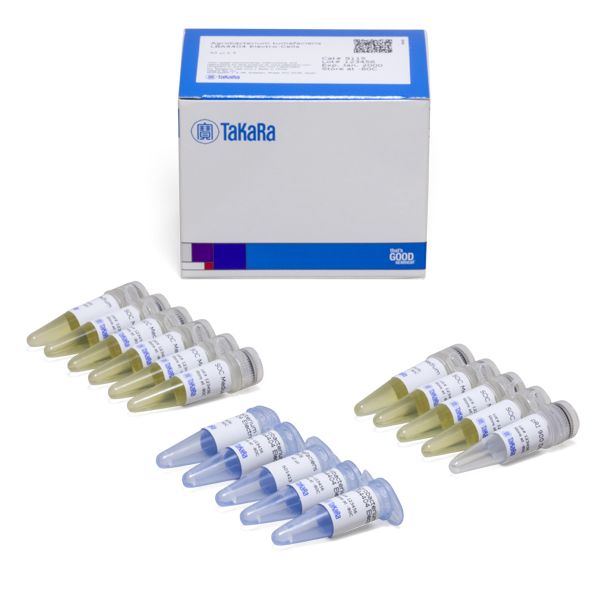Agrobacterium Electrocompetent Cells
Agrobacterium Electrocompetent Cells
Agrobacterium tumefaciens electrocompetent cells
Agrobacterium tumefaciens (Rhizobium radiobactor) is capable of T-DNA transfer to plant cells. The T-DNA (transfer DNA) is located in the Ti plasmid and is capable of integration into the host plant chromosomal DNA. Integrated genes derived from T-DNA are expressed and the transformed plant cells typically develop crown gall tumor cells.
The binary vector method for plant transformation (Hoekema et al. 1983) takes advantage of Agrobacterium tumefaciens and its ability to transfer T-DNA to plant cells. Using this method, the pathogenic genes of Agrobacterium tumefaciens T-DNA in the Ti plasmid are replaced with selective marker genes as well as the exogenous target gene. This results in stable integration of the exogenous target gene into plant chromosomal DNA by means of Agrobacterium-mediated transformation. Agrobacterium tumefaciens strain LBA4404 and the binary vector method were invented by Dr. P.J. Hooykaas at Leiden University in the Netherlands. The LBA4044 strain of Agrobacterium tumefaciens contains the pAL4404 plasmid, which includes only the T-DNA vir region and enables only vir gene induction and T-DNA transfer. Agrobacterium tumefaciens LBA4044 electrocompetent cells are a widely used bacterial strain for T-DNA transfer to plant cells.
Applications
- Preparation of transgenic recombinant plants
- T-DNA transfer to plant cells
- Binary vector delivery
- Highly efficient plasmid transformation
Quality
Transformation efficiency was tested using 1 ng of pRI900 DNA. Colonies were selected using kanamycin and streptomycin plates. Transformation efficiency of >5 x 106 colonies/µg of pRI900 DNA was achieved. See Section "IV. Protocol" in the User Manual for more information.
Transformation efficiency was tested using 1 ng of pRI900 DNA. Colonies were selected using kanamycin and streptomycin plates. Transformation efficiency of >5 x 106 colonies/µg of pRI900 DNA was achieved. See Section "IV. Protocol" in the User Manual for more information.
Hoekema, A. Hirsch, P.R. Hooykaas, P.J.J. Schilperoort, R.A. A binary plant vector strategy based on separation of vir- and T-region of the Agrobacterium tumefaciens Ti-plasmid. Nature 303, 179–180.
Ooms, G. et al. Octopine Ti-plasmid deletion mutants of Agrobacterium tumefaciens with emphasis on the right side of the T-region. Plasmid 7:15–29 (1982).
Wen-Jun, S. & Forde, B.G. Efficient transformation of Agrobacterium spp. by high voltage electroporation. Nucleic Acids Res. 17(20):8385 (1989).


